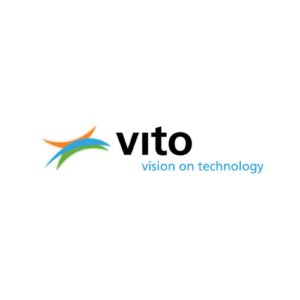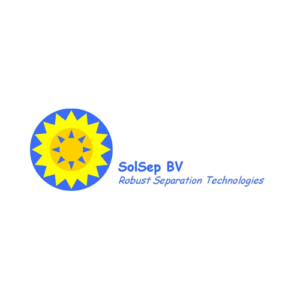The ISRO project delivers a proof-of-principle of organic solvent nanofiltration-based solvent recovery for two cases.
The first case is an integration of OSN with the current distillation process at IOI Bunge Loders Croklaan, making distillation significantly less energy intensive. The second case is TUSTI, where OSN is used to recover spent high boiler solvent for direct reuse in the cleaning process, thereby bringing significant savings in transportation costs while also making the bio-diesel process more energy efficient.
Background
Organic solvent nanofiltration (OSN) is an emerging technology that is recognized for its facilitation perspectives of recycling organic solvents in industrial processes. In the ongoing JIP project EEMBAR, it has been found through on site pilot trials that OSN has the potential to reduce the energy requirements of the distillation based acetone recovery process in place at IOI LC by 50%. Although a proof-of-principle using SolSep’ s spiral-wound elements was shown, the difference between small scale experiments in the lab and piloting was found to be larger than anticipated.
Scale-up challenges are assumed to arise from the specific nature of the vegetable oil as well as the relatively high oil concentrations the membrane should handle, and their impact on mass transfer. As there is a clear outlook that this concept can be optimized to a satisfactory solution in the industrial environment (TRL 7), specific developments in module design will be addressed.
To further demonstrate the viability of OSN for solvent recovery from edible oils and leverage the advancements in membrane/ module design, a second industrial process will be studied, i.e. the reuse of high boiler solvent from a cleaning solution in a plastics recycling process at TUSTI. The cleaning liquid and grease are now fed to a bio-diesel facility, where the cleaning liquid is purified and shipped back to TUSTI. In addition to polymeric OSN modules, advanced functionalized ceramic membranes will be made for the separation cases by VITO.
Expected Results
The result of the project is the proof-of-principle of OSN-based solvent recovery for both application cases, which will be studied through long term on site piloting on real industrial oil/ solvent mixtures at the industrial sites.
A successful integration of OSN with the current distillation process will make recovery of acetone at IOI LC significantly less energy intensive, while also offering the opportunity to debottleneck distillation in terms of capacity at lower costs and requiring a significantly smaller footprint compared to distillation.
For TUSTI, recovery of spent high boiler solvent by OSN would allow direct reuse in the cleaning process, bring significant savings in transportation costs while also making the bio-diesel process more efficient. In addition to two end-users (IOI LC and TUSTI) and two membrane suppliers (SolSep and VITO), the multidisciplinary consortium further consists of MTSA and TU Eindhoven (process modeling, design, integration and costing) and ISPT (project management, dissemination and valorization), providing essential support for the technological work and the business cases.
You might also be interested in
Acknowledgement & partners
This project is co-funded with subsidy from the Topsector Energy by the Ministry of Economic Affairs and Climate Policy.






